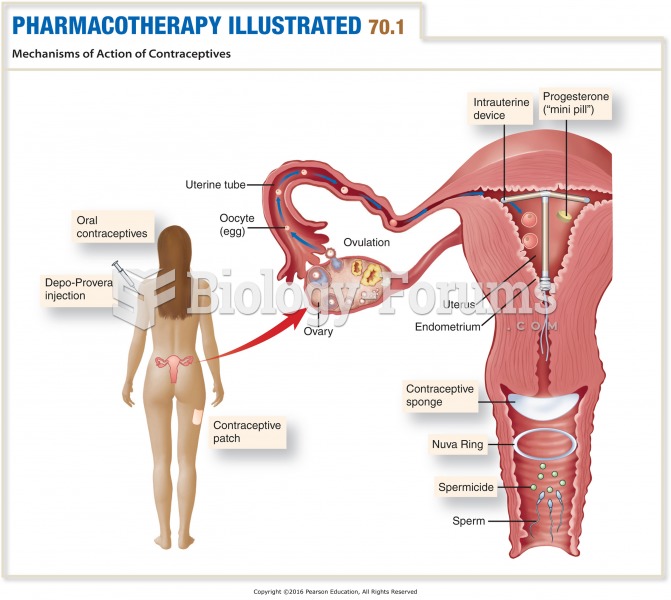Answer to Question 1
Answer: An ideal response will:
1. Describe the affirmative action policies that the Supreme Court has prohibited: programs that use quotas or mathematical formulas.
2. Describe the affirmative action policies that the Supreme Court has affirmed: programs that use race as one of several factors in a holistic admissions assessment.
3. Describe the Ten Percent Plan in Texas, which grants automatic state school admissions to anyone who graduates in the top 10 percent of a Texas high school class.
4. Explain how de facto segregation enables the Ten Percent Plan to produce a diverse study body. Since there is considerable de facto segregation in residential neighborhoods and schools, many schools have high concentrations of African American or Hispanic students. Therefore, the top 10 percent of students from these schools adds diversity to Texas universities.
5. Evaluate whether a traditional affirmative action program or a top 10 percent program is a better way to achieve a diverse study body. The argument should be well-reasoned, with supporting statements backing up a thesis.
Answer to Question 2
Answer: An ideal response will:
1. Identify equality of opportunity as the idea that all people deserve a chance at individual achievement regardless of race, ethnic origin, religion, sex, or sexual orientation, while equality of results refers to issues of social justice, such as the question of whether genuine equality can exist in a nation where some people have so much and others so little.
2. Discuss how equality in terms of either opportunities or results is difficult to achieve when large disparities in wealth and advantage exist between groups, whether it is men and women, black and white, or rich and poor.
3. Detail how the growing gap between rich and poor is causing some to contend that that more attention needs to be paid to economic inequality and class differences, focusing on how to support policies that will help the disadvantaged have more opportunities.
4. Evaluate how focusing on economic disparity issues could help all people. Answers will vary, but some may discuss the Occupy Wall Street movement, the global economic network and multinational corporations, and so on to illustrate the growing gap between rich and poor, and how it makes achieving equal opportunity as well as results difficult for those without wealth and advantage, and how it harms civil rights by putting so many at a disadvantage from the outset.







